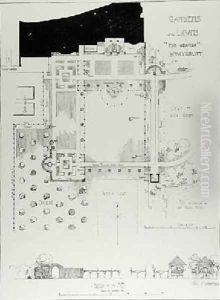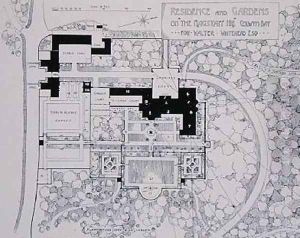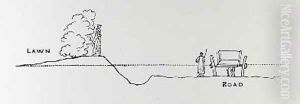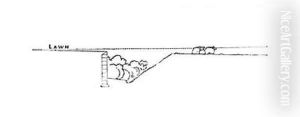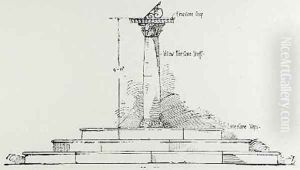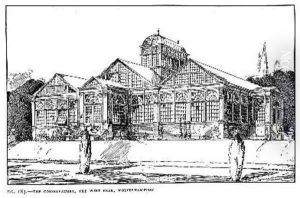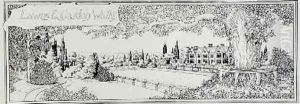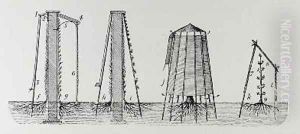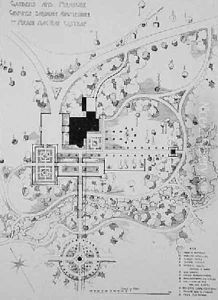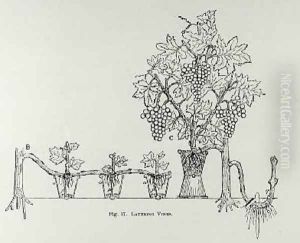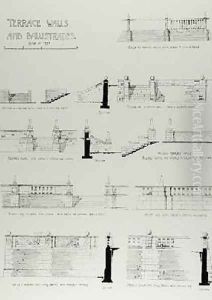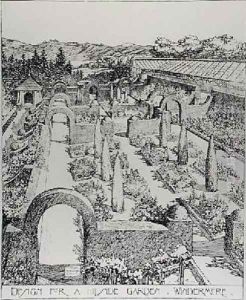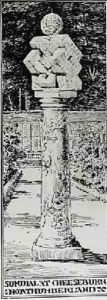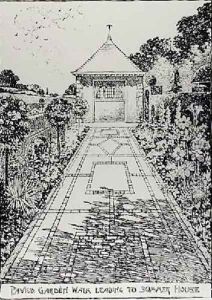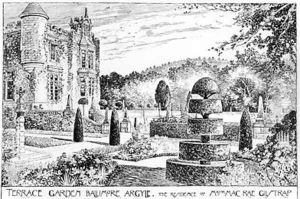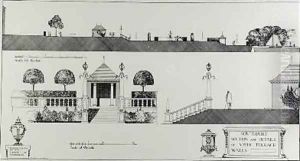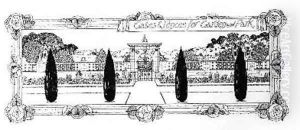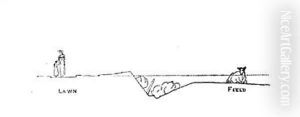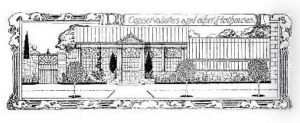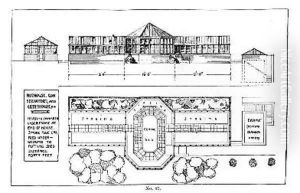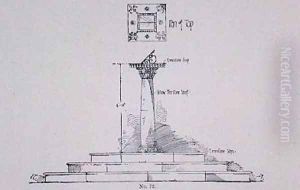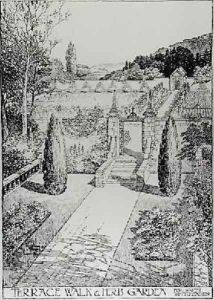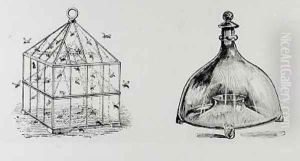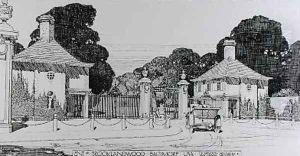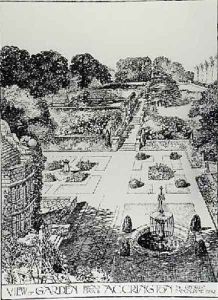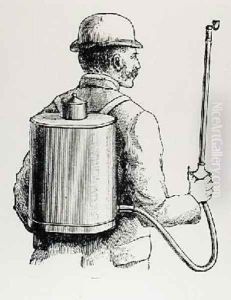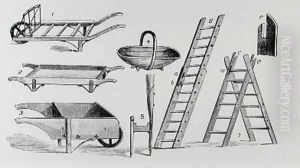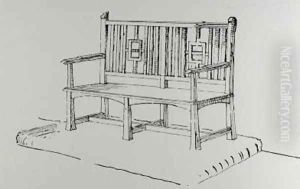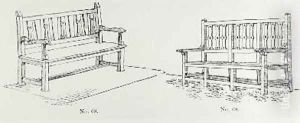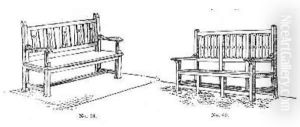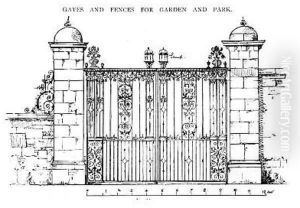Thomas Hayton Mawson Paintings
Thomas Hayton Mawson was an English garden designer, landscape architect, and town planner, known for his work in the Arts and Crafts movement and for his influence on early 20th-century garden design. Born on May 5, 1861, in Scorton, Lancashire, England, Mawson grew up in a farming family. He began his career in the landscaping field by working for a local nursery and gardening firm, where he gained practical experience in horticulture and design.
Mawson went on to establish his own landscape architecture practice, and as his reputation grew, he was commissioned to work on various large-scale projects. His approach to garden design was characterized by a combination of formal and naturalistic elements, often incorporating terraces, steps, and water features to create structured yet picturesque environments.
One of Mawson’s most notable works was The Hill Garden at Hampstead Heath in London, which he created for Lord Leverhulme. This project showcased his ability to integrate formal gardens with the surrounding landscape. Mawson's influence extended beyond private gardens; he was also involved in urban planning and contributed to the design of public spaces and parks, including the layout for the town of Gretna, which was built for the workers of a munitions factory during World War I.
In addition to his practical work, Mawson was an author and educator. His seminal book 'The Art and Craft of Garden Making' was first published in 1900 and went through several editions. It is considered a classic in the field of landscape architecture and garden design. Mawson lectured extensively and was involved in the foundation of the Town Planning Institute, now known as the Royal Town Planning Institute.
Thomas Hayton Mawson's contribution to landscape architecture and town planning was significant, and his work continues to be studied and admired. He passed away on November 14, 1933, in Bowness-on-Windermere, leaving behind a legacy of beautiful and functional spaces that blended architecture with the natural environment.
